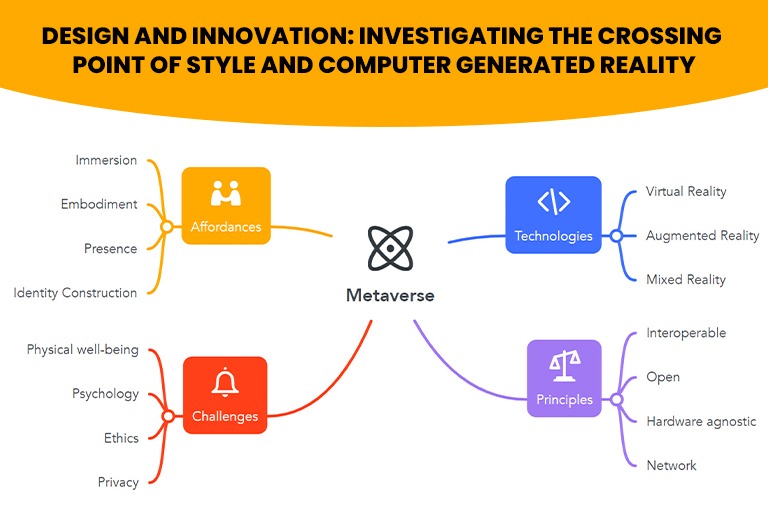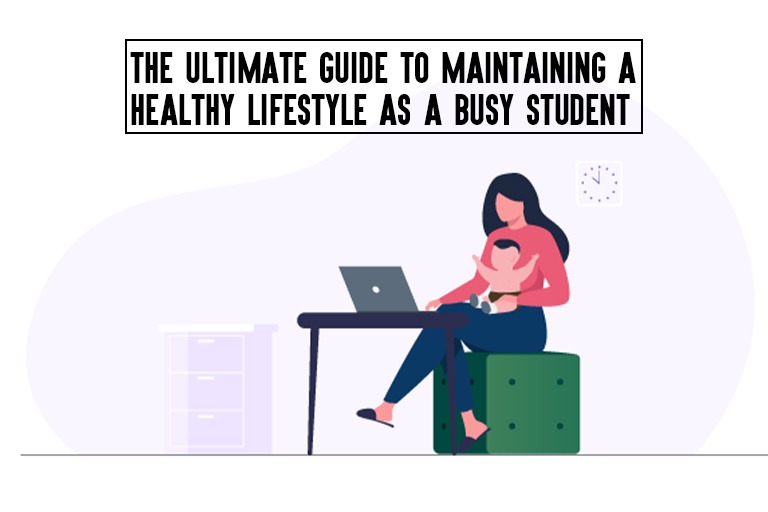
Design and Innovation: Investigating the Crossing Point of Style and Computer generated Reality
Design and innovation have consistently had a charming relationship. From the development of the sewing machine to the ascent of online business, innovation has constantly affected the design business. Perhaps the most recent development that has caught the creative mind of style fans and fashioners the same is computer-generated reality. The computer-generated reality, once basically connected with gaming and amusement, has tracked down its direction into the domain of style, upsetting how we experience and communicate with dress, extras, and the whole design environment.
- Virtual Style Plan People group:
Computer-generated reality has brought about web-based networks and stages where hopeful-style architects can feature their manifestations in virtual design shows or contests. These stages empower creators to acquire openness, get input, and associate with industry experts, setting out new open doors for arising ability to enter the design business.
- Virtual Fitting Rooms:
Augmented reality can reform how we take a stab at garments. Virtual fitting rooms permit clients to make a computerized symbol that precisely addresses their body estimations and shape. By “taking a stab at” virtual pieces of clothing, clients can evaluate the fit, style, and by and large look before making a buy, killing the requirement for actual changing rooms and lessening the ecological effect of profits.
- Customization and Personalization:
Computer-generated reality empowers shoppers to modify their design decisions positively. From choosing varieties, examples, and materials to changing plan components, VR enables people to make extraordinary and customized pieces of clothing that mirror their singular style and inclinations. This customization upgrades the purchaser experience as well as advances manageability by decreasing large-scale manufacturing and waste.
- Virtual Runway Encounters:
As well as streaming style shows in computer-generated simulation, planners can likewise make altogether virtual runway encounters that resist the restrictions of actual spaces. They can explore different avenues regarding whimsical settings, fantastical backgrounds, and dreamlike special visualizations to make vivid and enamoring style introductions. Computer-generated reality permits fashioners to push the limits of inventiveness, narrating, and visual articulation.
- Virtual Styling and Design Meeting:
Augmented reality can upgrade the styling and design meeting experience. Clients can look for guidance from virtual beauticians or artificial intelligence-fueled style partners, who can examine individual inclinations, body shape, and style to present customized proposals. Through virtual attempt-ones and visual recreations, clients can perceive how different styling decisions and outfits supplement their appearance, making the styling system more intelligent and locking in.
- Virtual Style Occasions and Shows:
Augmented reality can change how design occasions and displays are coordinated and experienced. Virtual style weeks, expos, and historical center presentations permit participants to investigate virtual display areas, connect with virtual life-sized models, and find design assortments from different planners and brands. These virtual occasions expand availability and crowd reach, making the style more comprehensive and worldwide.
- Virtual Brand Encounters:
Computer-generated reality offers marks the chance to make vivid and intuitive encounters past conventional retail. Brands can foster virtual display areas, where shoppers can investigate their items, cooperate with virtual brand diplomats, and access selective substances. This creative methodology fortifies brand commitment and devotion by giving customers important and exceptional encounters.
- Collaborations with Virtual Craftsmen and Creators:
Augmented reality opens up amazing open doors for joint efforts between style fashioners and virtual craftsmen or planners. By combining style with virtual craftsmanship, fashioners can make cutting-edge, limit-pushing pieces that challenge customary ideas of materiality and development. Virtual craftsmen can acquire their ability advanced style and enhance visualizations to form, bringing about imaginative and cutting-edge plans that push the limits of inventiveness.
- Virtual Design Forces to be Reckoned with and Symbols:
With computer-generated reality, design powerhouses and symbols can turn into a reality. Virtual-style powerhouses are computerized personas made by brands or architects to advance their items and draw in shoppers. These virtual forces to be reckoned with can encapsulate interesting styles, characters, and feelings, offering a new viewpoint on style and motivations. Virtual symbols permit people to explore different avenues regarding various personalities and design articulations, giving a place of refuge to self-investigation and innovativeness.
- Virtual Reality in Design Training:
Computer-generated reality can alter style instruction by offering vivid and intelligent opportunities for growth. Design understudies can essentially go to talks, studios, and virtual-style studios, acquiring useful information and abilities in a mimicked climate. VR can likewise work with virtual temporary positions and joint efforts with industry experts, giving understudies genuine openness and systems administration valuable open doors.
- Sustainable Design Developments:
Computer-generated reality lines up with the standards of maintainability by lessening the requirement for actual creation and limiting waste. Planners can utilize VR to make and feature virtual pieces of clothing, decreasing the natural effect of assembling and transportation. Furthermore, shoppers can investigate virtual reasonable style choices, advancing cognizant utilization and moral design decisions.
- Virtual Design Files and Conservation:
Computer-generated reality gives a stage to protecting style history and legacy. Virtual style documents can carefully save notorious articles of clothing, runway shows, and displays, permitting people in the future to experience and concentrate on design’s rich heritage. This digitization additionally empowers virtual admittance to uncommon and delicate style pieces that may not be quickly opened in actual files.
- Augmented Reality Reconciliation:
Expanded reality can upgrade the virtual design insight by mixing the virtual and actual universes. By overlaying computerized components onto the genuine climate, AR empowers clients to “take a stab at” virtual pieces of clothing in their environmental factors utilizing cell phones or AR glasses. This joining overcomes any issues among virtual and actual shopping encounters, offering a consistent and intuitive method for investigating style.
Conclusion:
The convergence of design and computer-generated reality is a dynamic and developing space that keeps on pushing the limits of innovativeness, innovation, and customer encounters. As augmented reality innovation propels, we can hope to see many additional thrilling advancements and potential outcomes arise, molding the fate of style in significant ways. The combination of design and computer-generated reality holds the possibility to change the business, upsetting how we see, make, and draw in with style in a carefully upgraded world.
Read more – The Upsides and Downsides of Vehicle Sharing Administrations: A Complete
Read more – The Job of Enormous Information Examination in Streamlining Traffic The Executive’s Frameworks



